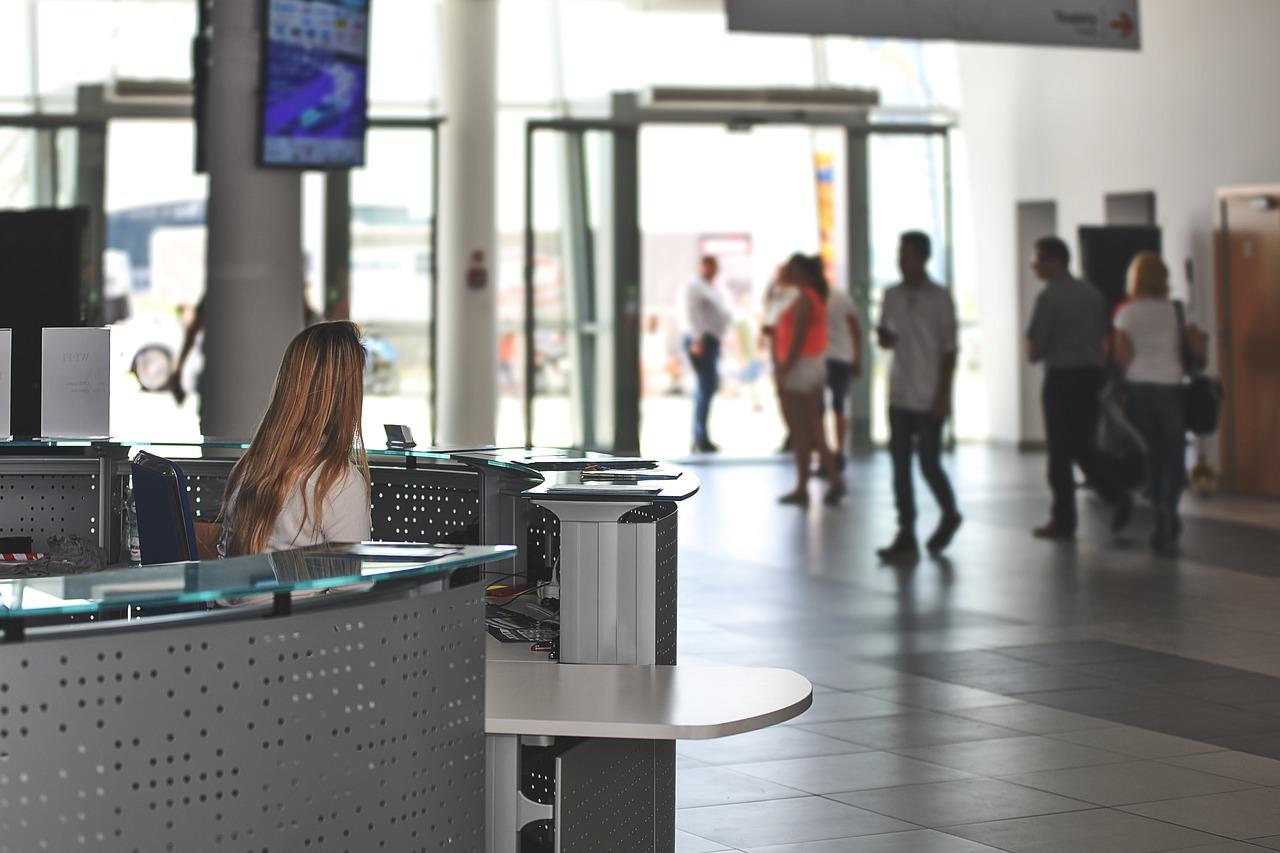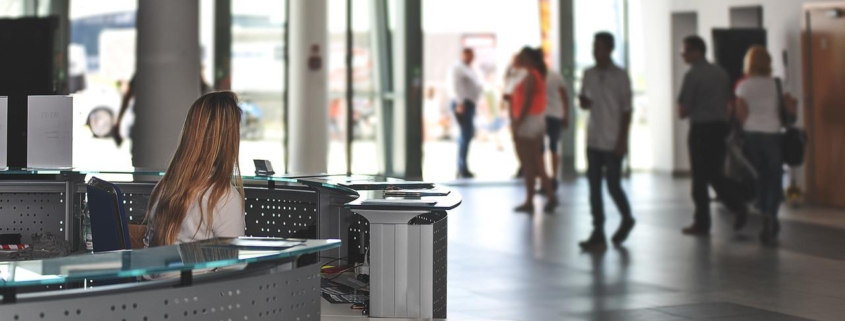Green Buildings, Green Leases and Retrofitting Will Form the Anchor of Future Sustainable Workplaces

New research from JLL Asia Pacific emphasises ESG credentials and quality spaces when designing future-fit offices
Corporate real estate (CRE) leaders looking to achieve sustainable property portfolios must turn to green certified buildings, green leases and retrofitting as part of their business futureproofing strategy. This is as environmental and social goals are now mainstream, with 83% of organisations in Asia Pacific recognising that sustainability is now a board-level agenda and eight in 10 companies saying their employees expect their workplaces to have a positive impact on the environment, according to JLL.
With buildings accounting for 60% of carbon emissions in cities, organisations are facing increasing pressure to deliver clear outcomes in the race to net zero and create social value through real estate. Findings from JLL’s Future of Work survey suggest that as businesses plot their future path and rethink the purpose of their real estate portfolio, they will need to re-think their office spaces, invest in new technology and prioritise sustainability in line with employee needs.
“The next three years will prove to be an inflection point for real estate, as the changes accelerated by the pandemic represent an opportunity to pause, think about long-term real estate strategy and how it aligns with future business priorities,” said Anthony Couse, Chief Executive Officer, Asia Pacific, JLL. “With 77% of CRE professionals agreeing that the office will remain central to their organisation’s long-term work ecosystem, businesses will be challenged to redesign and develop office spaces to be fit for sustainability and the future workforce.”
According to JLL’s research, the shift to hybrid work has become a marker of change in the workplace, placing greater emphasis on how companies can support employee mental well-being and maintain productivity. Additionally, the findings showed that 80% of organisations in Asia Pacific agree that quality space is a top priority as high quality space is best suited to facilitate the kind of workplaces, health and wellbeing amenities and ESG credentials that employees and corporates increasingly need.
The good news is that with green strategies having a direct impact on real estate decisions, 88% of CRE leaders expect to maintain or accelerate investment into embedding zero carbon criteria into new location requirements. Research from JLL also revealed that seven in 10 companies are willing to pay a rental premium in the future to occupy space in green-certified buildings – signalling a shift towards sustainable workplaces across the region. Over 80% of CRE professionals also agree that green leases are a game changer in making real estate future proof, and 30% have already signed a new green lease.
The greenest building, however, is the one that already exists – hence retrofitting existing buildings for sustainability can be an excellent opportunity to plug the supply gap for net zero carbon buildings. Approximately 80% of the building stock that will be standing in 2050 has already been built. That means knocking down an old building to build a new and greener building will be more environmentally detrimental than retrofitting an existing one.
Now, the challenge is to accelerate the current pace of retrofitting to exceed 3% per year in order to meet 2050 targets. JLL’s Future of Work survey revealed that 33% of organisations in Asia Pacific already plan to refit or redesign their office space in next 12 months – presenting an opportunity for CRE leaders to incorporate sustainability features, such as energy-efficient facilities and circular design principles, into their future-fit, sustainable office.
Kamya Miglani, Head of ESG Research, Asia Pacific, JLL, said, “By occupying green-certified buildings, opting for green leases, and retrofitting existing buildings and offices with sustainability features, CRE leaders can accelerate towards their net-zero carbon goals through real estate. A sustainable office will not only contribute to these targets, but also meet employee needs in a dynamic, hybrid environment.”




